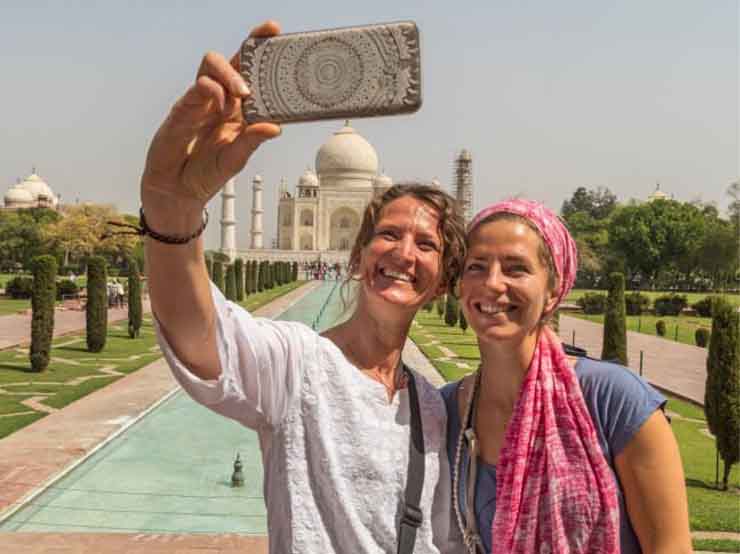The Taj Mahal, one of the most recognized landmarks in the world, stands as a symbol of eternal love and architectural brilliance. Located in Agra, India, this white marble wonder continues to attract millions of visitors every year. While most know it as the magnificent tomb built by Emperor Shah Jahan in memory of his beloved wife Mumtaz Mahal, few realize it was also a defining moment in the imperial expansion of the Mughal Empire — a period when art, architecture, and culture flourished like never before.
The Vision of an Emperor
The construction of the Taj Mahal began in 1632, during the height of the Mughal Empire’s power. Emperor Shah Jahan envisioned not only a grand mausoleum for his queen but also a masterpiece that would reflect the empire’s dominance, sophistication, and devotion to art. Every element of the Taj — from the intricately carved calligraphy to the precious stones inlaid in its marble walls — symbolized the empire’s prosperity and the emperor’s refined taste.
Shah Jahan’s reign marked an era of imperial expansion, both territorial and cultural. His court attracted the finest architects, craftsmen, and artisans from across Asia — Persia, Central Asia, and even parts of Europe. This global influence gave the Taj Mahal its distinct fusion of Islamic, Persian, Ottoman, and Indian architectural styles, creating a monument unlike any other in history.
The Centerpiece of Mughal Grandeur
Beyond its beauty, the Taj Mahal was part of a larger vision — to transform Agra into a city that reflected Mughal glory. Surrounding the Taj, Shah Jahan ordered the development of lush gardens, reflecting pools, and marketplaces, symbolizing harmony and paradise on earth. The Yamuna River, flowing behind the Taj, was also a strategic choice — representing life and eternity.
The Taj became more than a tomb; it was a declaration of the Mughal Empire’s imperial strength. It showed the world that under Shah Jahan’s rule, India had reached unparalleled heights in architecture, trade, and cultural refinement.
The Legacy of Expansion and Art
Centuries later, the Taj Mahal still embodies the essence of the Mughal Empire’s golden age. The artistry seen in its marble carvings, symmetrical design, and calligraphy continues to inspire architects and historians around the world. Recognized as a UNESCO World Heritage Site in 1983, it remains a testament to the enduring legacy of an empire that valued beauty, creativity, and devotion.
For visitors today, stepping into the Taj Mahal complex is like traveling back in time — witnessing the magnificence of an imperial dream brought to life. Whether you visit at sunrise, when the marble glows with soft hues of gold and pink, or under the moonlight, when it shimmers in silver tones, the Taj never fails to leave visitors in awe.
Visit the Taj Mahal with Ease
Planning your trip to this iconic monument has never been easier. At Ticketstajmahal.com, we make it simple for travelers from around the world to book Taj Mahal tickets online safely and conveniently. Skip the long lines, choose from ticket options, and enjoy a smooth entry experience.










Comment (0)